Medieval Under-Armour Clothing: What Did Medieval Warriors Wear Under Their Armour?
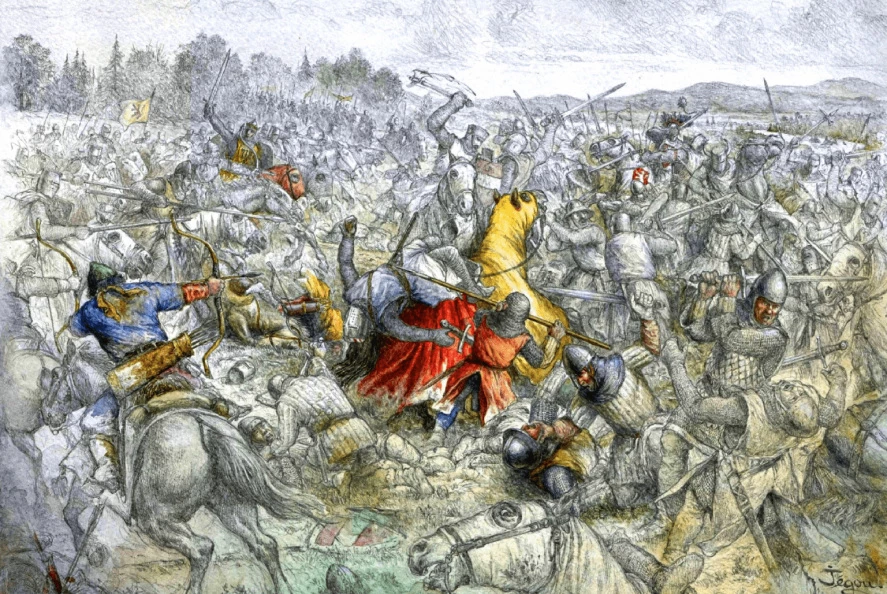
When the medieval army was summoned, the higher-ranking officials performed the so-called “muster”. This included inspection of the necessary equipment for each warrior. Not only weapons and armour were the subject of scrutiny, but also the clothing worn under the armour. This “under-armour” clothing included a padded fabric “coif” worn under the helmet, a quilted gambeson worn under chainmail armour, and other accessories. A quilted jacket was worn over the armour, or it was used as the only armour of the less wealthy soldiers, especially the infantry.
Contents
The Last Battle of the Famous Bohemian King
It is the day of Saint Rufus, August 28, 1278. On the plain between the villages of Dürnkrut and Jedenspiegen, a decisive battle took place between the armies of two of Central Europe's greatest rulers.
On the one side, the ruler of Bohemia, Moravia and many other countries - Ottokar II of Bohemia, also known as Přemysl Otakar, or the “Iron and Golden King”. On the other side, his rival Rudolf I of Habsburg, recently promoted to the rank of King of the Holy Roman Empire of the German nation.
As their battlefield, the two leaders chose Marchfeld, the broad plain east of Vienna.
Armour Was Essential
King Premysl Ottokar of Bohemia rises from his bed. Like any other man living at the time, he starts his routine by putting on his underwear: a shirt of fine linen and knee-long underpants, called breaies. He continues by attaching the (then separate) hose (chausses) to the waist, and puts on low shoes. The hose had the form of leggings, typically covered the entire leg, and had sturdy leather sole sewn to the underneath. Therefore, shoes were not so essential as today.
Next, the under-armour garments (made of padded and quilted fabric) are put on. Their function was to protect the body, provide comfort and absorb and disperse some of the impact energy from blows. The under-armour clothes included the padded chausses, protecting the thighs and knees. The chausses were tied to the inner part of the gambeson. The gambeson usually had leather laces in the front, with separate sleeves that could be tied to it.
Gambesons from the 14th-15th century.
With the help of the squire, the king then puts on full chainmail armour: chainmail pants and a chainmail shirt with gauntlets, and a hood, the so-called hauberk. The whole chainmail armour consisted of tens of thousands of iron rings and weighed around 20 kg. A servant attaches spurs to the warrior’s feet. There were also other protective elements made of leather or metal plates, such as pauldrons (shoulder armour, called “ailettes”), knee cops, greaves, etc.
Before the ruler puts on his chainmail hood, he put on a padded cap. This protective headgear is also called the “ arming cap”.
Final Preparation Before the Battle
Over his armour, King Premysl II wears a cloth tunic, a tabard, customized with heraldic colours and the coats of arms. Finally, he puts on the belt with a sword scabbard. The fully armed king mounts his warhorse (destrier), using the left stirrup. His horse is covered with a large horse trapper in the same colours as the king's tabard.
On his head, the king has to wear a heavy, 5 to 7 kg pot helmet, tied under the chin and later in the back of the head by straps. The helmet, when put on and fastened, sat so tightly that the knight could not turn his head, and thus his peripheral vision was limited. He was able to see what's in front of him through the narrow visor. The small vents let in only a limited amount of air, and it was not rare for a knight to suffocate during combat.
For this reason, lighter types of helmets of round or slightly conical shape, or an iron hat, often replaced the heavy pot helmets.
Gothic tabard
The heavily armed warrior additionally carried a triangular shield, and a lance. On that day, the famous Bohemian king probably did not expect that this would be his last clash. The Battle on the Marchfeld was about to begin...
Medieval Under-Helmet Garment
Helmets were only able to distribute the impact energy from blows, and warriors of all times and all nations naturally tried to device a way to reduce the impact force as much as possible. This is how various types of arming caps and padded hoods made of thick cloth were invented, and gradually became an essential part of the warrior’s armour kit. The padding materials included wool or horsehair (cotton was not used at that time), the whole cap was reinforced by stitching.
The arming cap
The medieval padded arming cap had a tie cord that went under the chin. This headgear was inspired by a peasant cap tied under the chin, and initially protected only a parts of the head. Gradually, however, it was modified to protect the whole head (except the face), neck and shoulders.
A typical example of a very effective headgear was padded coif, or great helm liner, which was worn under a great helm in 15th-century tournaments.
Safety First?
The development of protective padding was closely linked to tournaments. Future warriors and knights needed a space and opportunity to train and to develop their skills safely. Tournaments provided this opportunity, but at the same time, it was necessary to protect oneself against real weapons.
Quilted hood
The tournament rules were probably drafted in France, and the earliest known rules are from the year 938. In the 13th century, this type of “military exercise” began to spread throughout Western and Central Europe.
The German knight Hoyer von Friedberg, for example, helped to found the tradition of tournaments in Bohemia, where he lived. It is clear that tournaments were popular as “chivalry competitions” throughout the Middle Ages and Renaissance (12th to 16th centuries) that helped the knights not only to train, but also to show off their skills.
Tournaments: Violent Clashes to Ceremonial Show-Off?
In 13th century, the tournaments still had the form of “buhurt”, which can be described as more or less real battle, leaving the participants wounded and sometimes even dead. However, during the late Gothic and early Renaissance periods, the rules were redefined to be stricter and to provide more safety to the participants.
Blunt weapons replaced real weapons in duels, padded arming hoods and protective elements were added to the knights’ armour kit.
A padded arming hood
By the Renaissance, tournaments had become a spectacle and show-off, rather than dangerous and violent clashes. In the late 16th and first quarter of the 17th century, the so called ‘wams’ arming jacket appeared, replacing the older types of gambeson.
Cover illustration: Battle on the Marchfeld, 1278. Author: Christian Jegou. Source: Arre Caballo.

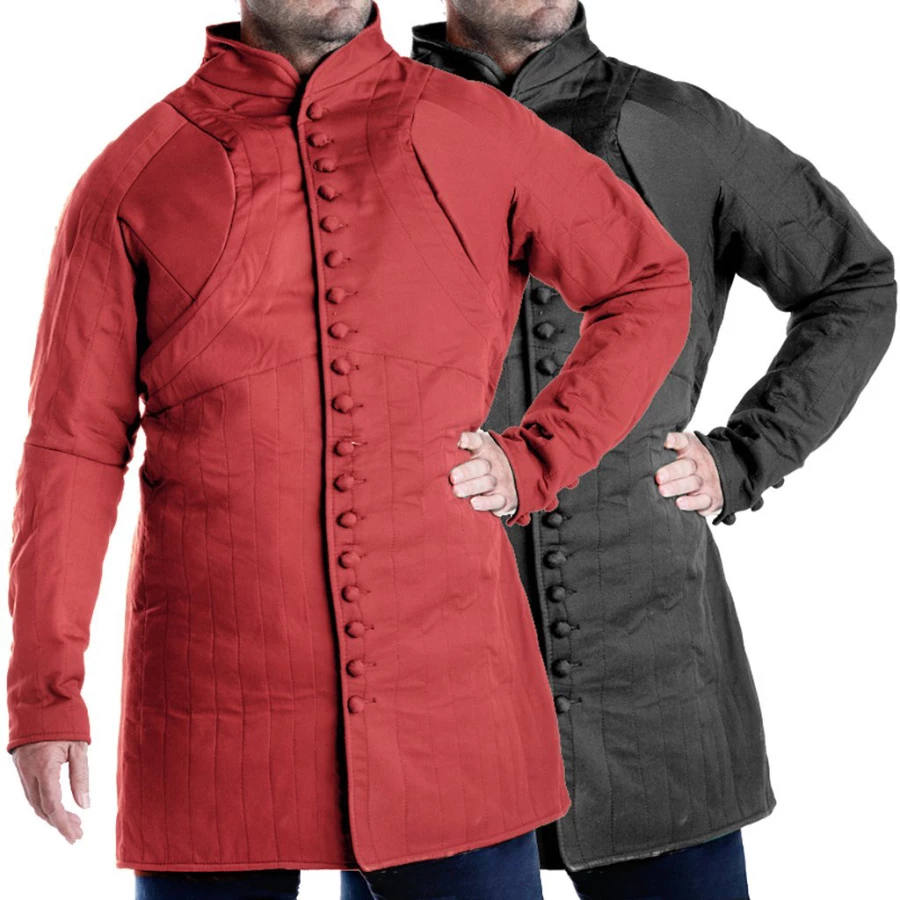
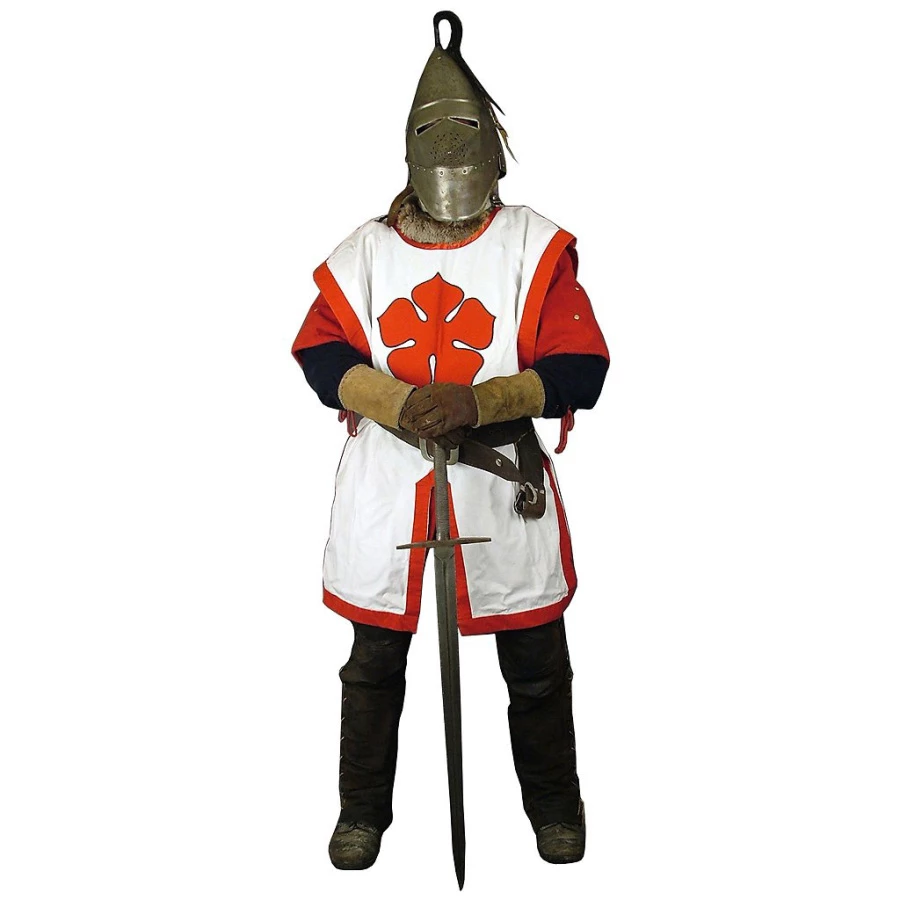
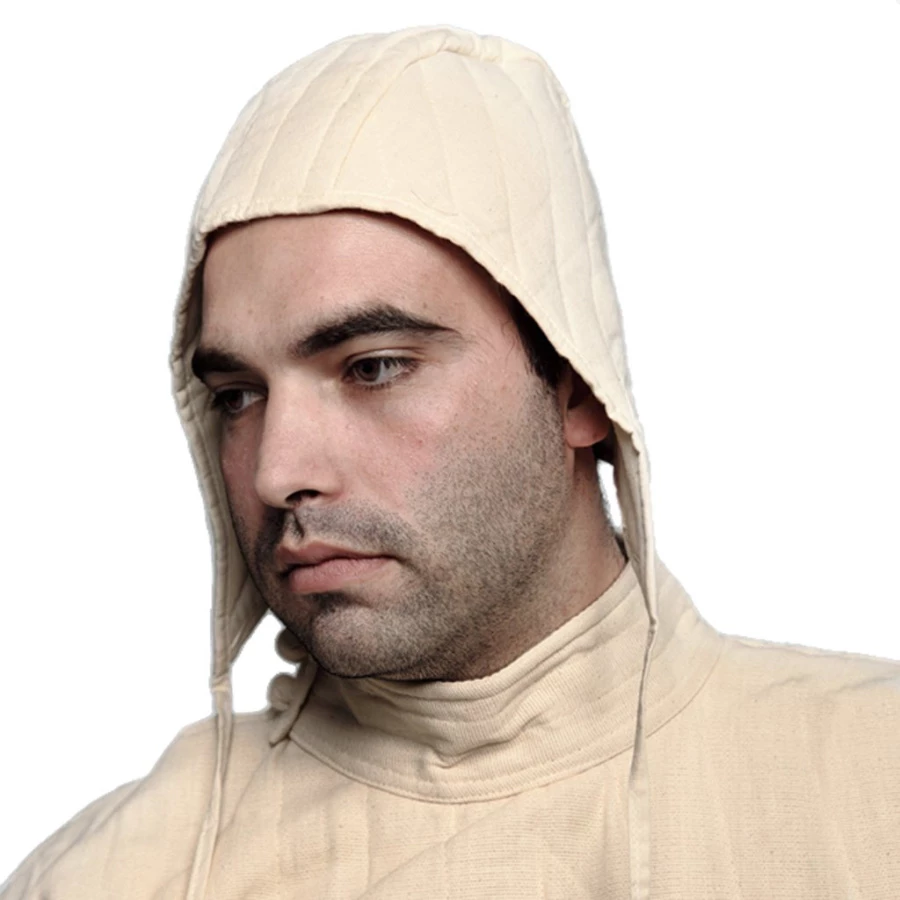
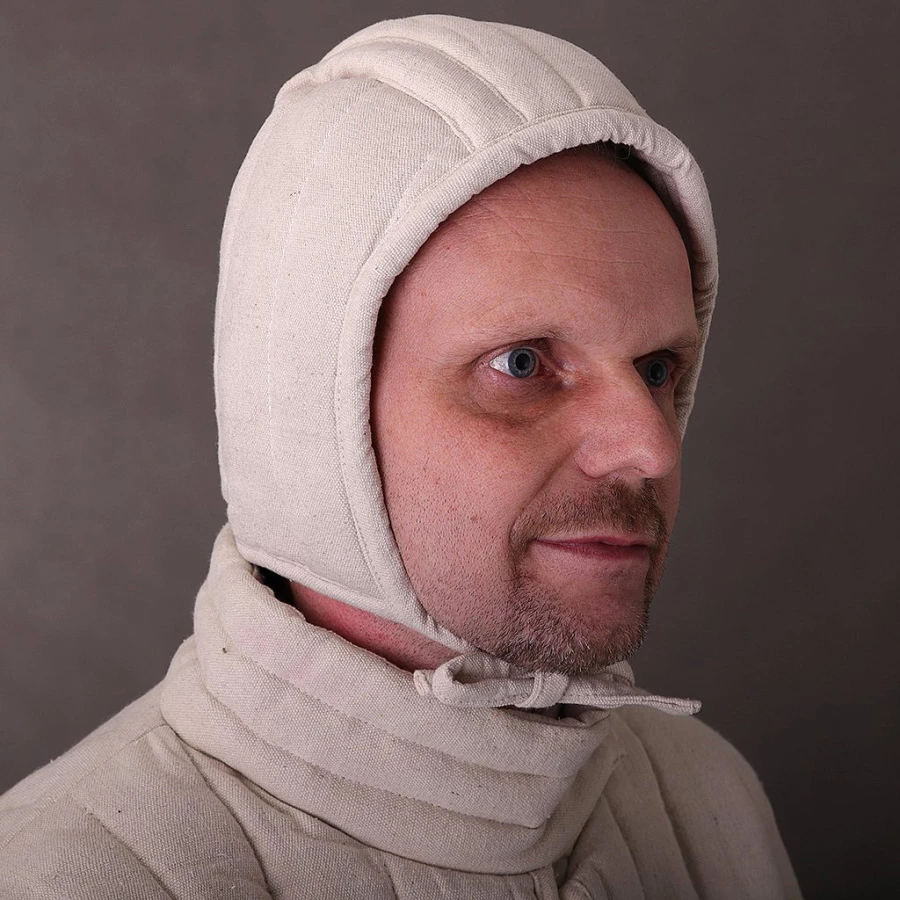
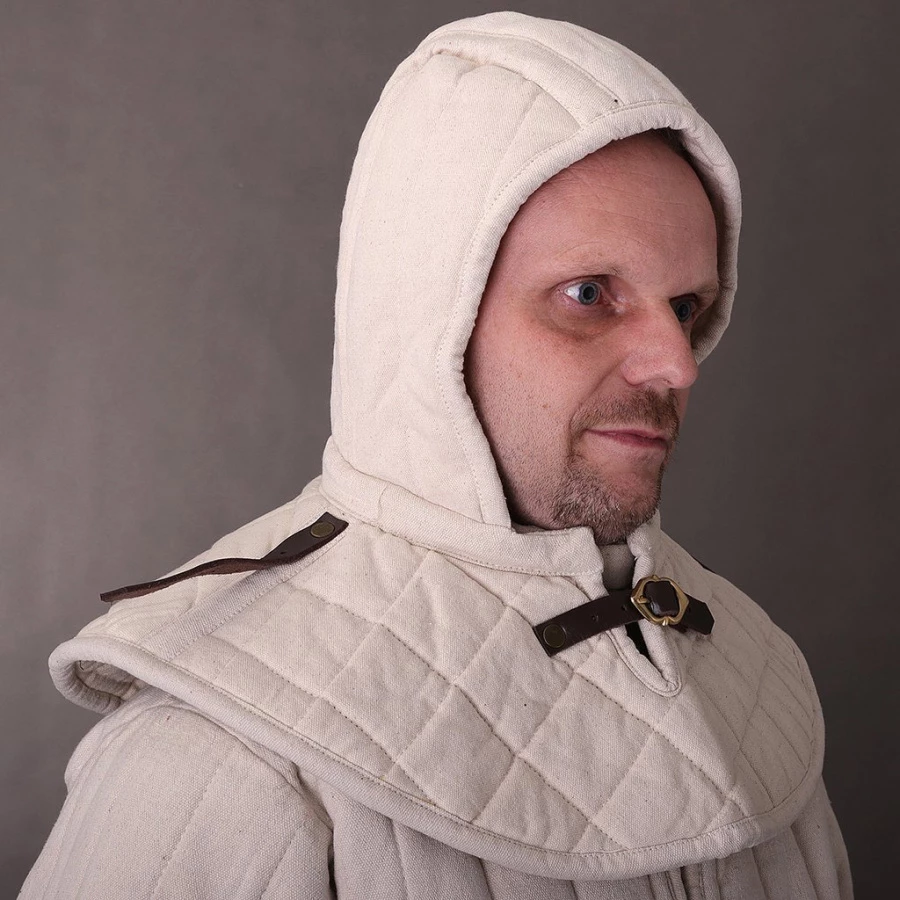
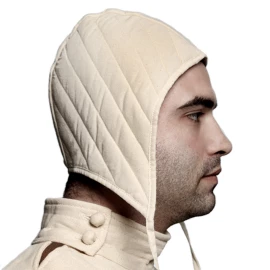


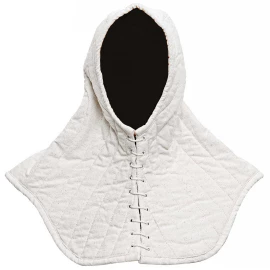
Comments